
Sustainable Land Management and Climate Change Mitigation Co-benefits (SLM CCMC)
Sustainable Land Management (SLM) has the potential not only to reduce greenhouse gas emissions – by reducing emissions from biomass burning, biomass decomposition, and the breakdown of soil organic matter – but also to sequester carbon through practices that increase biomass production and promote the build-up of soil organic matter.
- Home
- Sustainable Land Management and Climate Change Mitigation Co-benefits (SLM CCMC)
About the project
Greenhouse gas emissions from agriculture, land use, land use change, and forestry account for approximately 33% of the global total. Root causes of these emissions are an increasing global demand for food and fibre, coupled with unsustainable land management practices. It is therefore widely acknowledged that the way in which land is used and managed has a major role to play in mitigating global climate change.
Sustainable Land Management (SLM) has the potential not only to reduce greenhouse gas emissions – by reducing emissions from biomass burning, biomass decomposition, and the breakdown of soil organic matter – but also to sequester carbon through practices that increase biomass production and promote the build-up of soil organic matter. There are, therefore, substantial co-benefits of SLM for climate change mitigation.
In order to realize these co-benefits, managers need to be able to recognize, monitor, and report the benefits of different practices in different situations: this will be addressed through Component 1 of the project. They need tools which are state of the art, reflect the varying needs of SLM managers in developing countries, and use newly emerging technologies (Component 2). They also need guidance to help choose the right tools to meet their specific objectives (Component 3).
Component 1: Training and outreach
The aim of Component 1 (Parts 1 and 2) is to provide training and outreach on the Carbon Benefit Project (CBP) tools, WOCAT, and LandPKS. CBP has three tools, a Simple Assessment, a Detailed Assessment, and a Dynamic Modelling option. The tools are available from www.unep.org/cbp_pim.
Part 1: to hold several (around five) large training events for GEF project managers, GEF programme officers, and other personnel. These will provide one-off training on using the CBP tools.
Part 2: to work in-depth with five existing GEF projects over the next three years to implement the CBP modelling tools. This will include:
- Initial training on the CBP modelling tools
- Assistance with assembling and analysing activity data for the baseline situation
- Help developing baseline and project scenarios for a specific report period
- Advice on field sampling activities to develop project-specific stock change and emission factors if using the Detailed Assessment tool.
Component 2: Enhancement of existing CBP tools
This Component will carry out a range of enhancements to the CBP
tools including enhancing mapping tools, developing a database of country
specific factors, and linking to carbon markets. It will also link the CBP
tools to WOCAT and LandPKS, to develop a fully comprehensive set of tools for
SLM managers.
IMPORTANT UPDATE REGARDING THE MIGRATION: We harmonised the QT with the Carbon Benefit Tool and had to migrate the practices manually. Please read these notes to check and adapt where needed. An overview of all changes are available here:https://qcat.wocat.net/en/configuration Point 3.2 & 3.3 Please specify species or correct if needed under 3.2 and 3.3. This will enable you to calculate the Carbon Benefit of your SLM practice. Especially have a look at the new format of the "mixed land use" category. Point 3.6 Please make sure that the correct measure is selected. Thank you for your understanding and sharing your SLM practice with the WOCAT Network. We will let you know as soon as the tool is available for use.
Component 3: Comparative analysis of carbon accounting tools for SLM
This Component is led by the World Bank and will compare several different greenhouse gas assessment tools in SLM projects across the Bank/ GEF regions. The overall goal of Component 3 is to develop a resource that could be used by GEF and other natural resource project managers, to familiarize them with the available greenhouse gas assessment tools, and their advantages and disadvantages.
Project results and impacts (expected)
- An interlink between the Carbon Benefit Project (CBP) and WOCAT tools
- An enhanced toolset with increased efficacy in terms of spatial data and accessibility as well as direct relevance to specific finance/ certification schemes
- A reporting database for UNEP GEF staff to use and to access, store, and analyse reports generated by the CBP system
- Assessments of carbon benefits made using WOCAT and the Simple and Detailed Assessments for GEF and non-GEF projects involved in training sessions
- Documentation of good/ best practice land management practices in terms of carbon benefits
- In-depth implementation of the CBP's Simple or Detailed Assessment and its interlink with WOCAT in five GEF projects with the ongoing support of the SLM CCMC
- Project managers trained to document good/ best land management practices, linked to CBP assessment
- A practical manual with case studies of the appraisals performed, including analysis based on the advantages and shortcomings each greenhouse gas (GHG) assessment tool, along with an assessment of its effectiveness
- A 60-minute internet-based training module (e-learning) on “GHG accounting for SLM operations”
Countries
Contact
 Switzerland
SwitzerlandProject duration
2016 - 2019
Official website
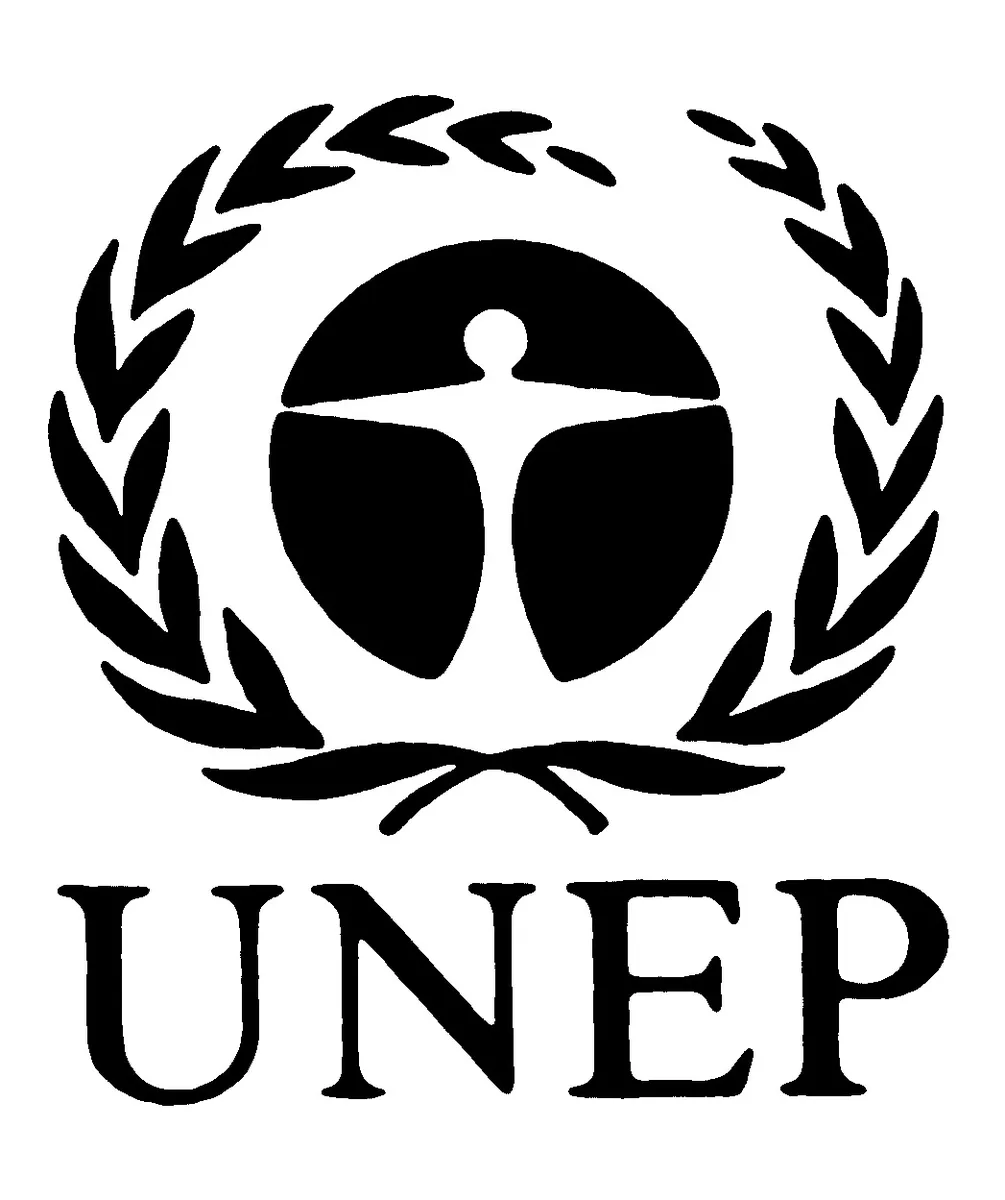
United Nations Environment Programme (UNEP) - Division of Early Warning Assessment (DEWA)

Colorado State University (CSU)
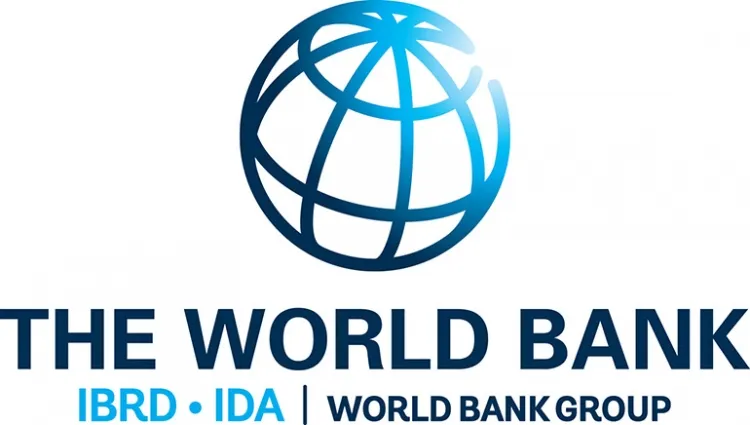
World Bank (WB)
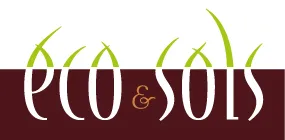
Eco & Sols
LandPotential
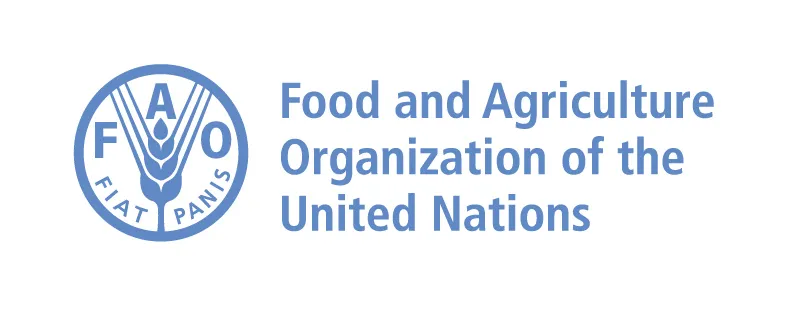
Food and Agriculture Organisation (FAO)
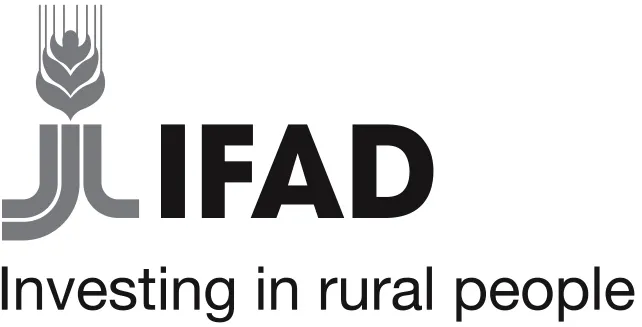
International Fund for Agricultural Development (IFAD)

United Nationas Development Programme (UNDP)

International Union for Conservation of Nature (IUCN)

Verified Carbon Standard (VCS)